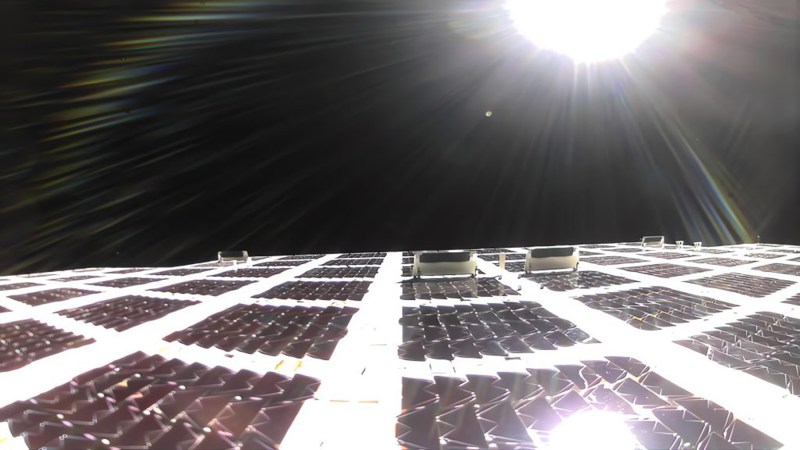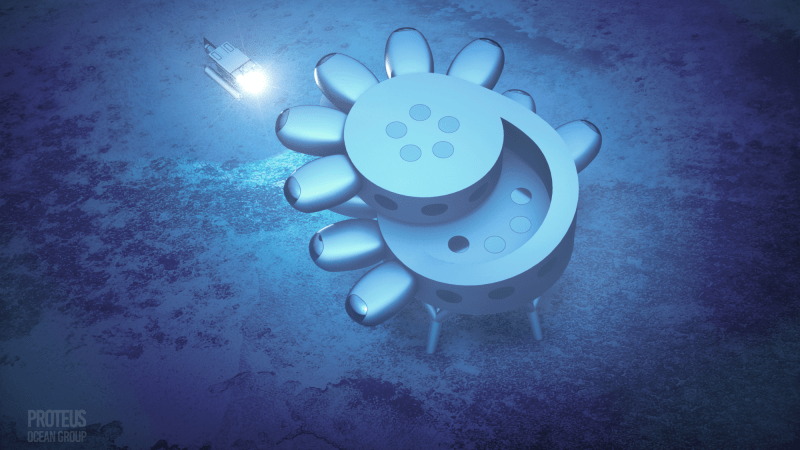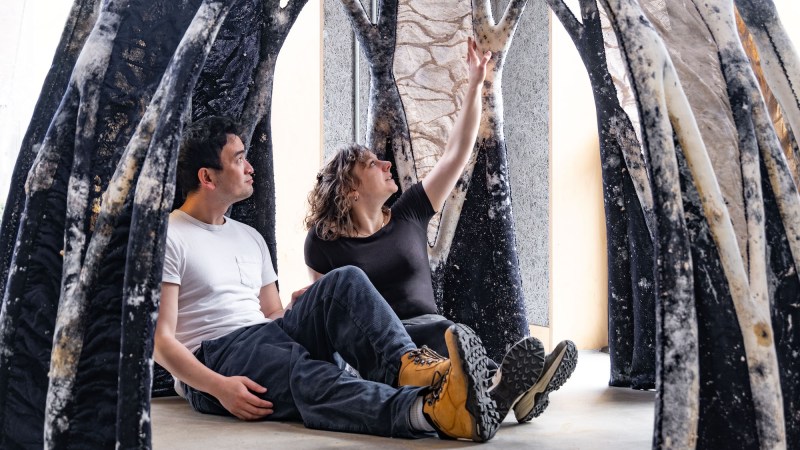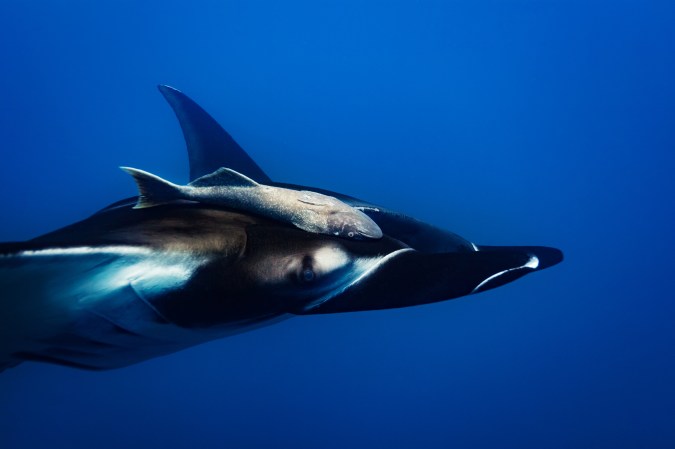

At first glance, everything seems solid. Then, a small rip begins to spread across the middle of the structure as its siding expands. The module suddenly bursts apart, spraying debris in every direction as engineers cheer on from the safety of their control room. The sudden destruction—and the fifth such explosion—of a module intended for the International Space Station’s successor may not sound like the desired outcome, but, scientists say, it’s all part of the plan.
In Sierra Space’s September 20 progress update, the Colorado-based company released video of the explosion. The company aims to supply habitat spaces for Orbital Reef, Blue Origin’s NASA-backed space station project. During a recent Ultimate Burst Pressure (UPB) test, the engineering team essentially amped up the pressure within a one-third-scale LIFE module prototype until it popped. Said “pop” is certainly a sight to behold:

Unlike ISS construction materials, the LIFE modules are largely composed of “softgoods” such as Vectran, an incredibly strong and durable synthetic fiber spun from liquid-crystal polymers. When inflated, the LIFE module’s softgood design becomes rigid enough to withstand the low-earth orbit’s extreme environmental stresses. According to Sierra Space, the latest results offered a 33 percent margin over a full-scale LIFE module’s certification standard, nearly 20 percent better than the previous test design.
What makes the most recent UPB test especially impressive is that it was the first module prototype to include a steel “blanking plate” that acted as a cheaper stand-in for essential design features like windows.
[Related: NASA is spending big on commercial space destinations.]
“Inclusion of the blanking plate hard structure was a game-changer because this was the first time that we infused metallics into our softgoods pressure shell technology prior to conducting a UBP test,” Shawn Buckley, Sierra Space’s Senior Director Engineering and Product Evolution, said in the company’s announcement. “With this added component, once again, we successfully demonstrated that LIFE’s current architecture at one-third scale meets the minimum 4x safety factor required for softgoods inflatables structures.”
As Space.com notes, this marks the third UPB test for the module prototypes. Sierra Space has also overseen two “creep tests” in December 2022 and February 2023, during which the LIFE designs were subjected to higher-than-usual pressures for extended periods of time. With the latest success, Sierra Space says it’s now ready to move onto the next development phase—testing on full-scale LIFE module prototypes. If all goes as planned (a big “if,” given such endeavors’ complexities), future LIFE module iterations will be some of Orbital Reef’s central structures. Orbital Reef is currently intended to start construction in 2030.















